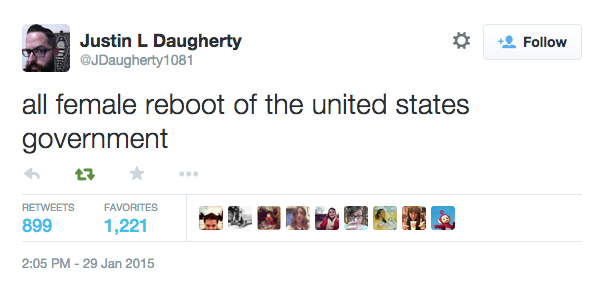I’m not much of a TV watcher, but I think I’ll set aside some time to watch this.
Investigations conducted by ZEMBLA show that Bayrock has formed a business construction in the Netherlands, which may have been used to siphon off one and a half million dollars. In this enterprise, Bayrock collaborated with Viktor Khrapunov, a fugitive ex-mayor and governor from Kazakhstan. The Kazakhstan government accuses Khrapunov of systematically looting hundreds of millions of public assets.
It doesn’t sound like riveting TV, until you read a bit further.
The hub of the enterprise is the Dutch letter box company KazBay B.V. In the act of incorporation it states that KazBay is owned by two companies: the Dutch firm Bayrock B.V. and the Swiss company Helvetic Capital S.A. This email explains that Trump’s business partner Bayrock Group L.L.C. is behind Bayrock BV, and that the actual owner of Helvetic Capital S.A. is none other than the wife of Viktor Khrapunov.
This mail clearly refers to the use of a Dutch go-between company. Its contents also reveal that the Dutch construction was formed by the law firm of Rudy Giuliani who, at the time, was a partner in Bracewell & Giuliani LLP, and is also a Trump confidante.
Trump and Giuliani? Tied up in international money laundering?! It could explain his stance on national monuments, according to James Henry.
“This is a land grab,” said Henry. “If you don’t get that Putin and the Russians transferred a hell of a lot of wealth of the Russian government to a handful of 25 oligarchs. Right now there are five states in the U.S. that are roughly 80 percent or more owned by the federal government. Trump has just issued executive orders that will open up a lot of that land, either to outright privatization or to mining deals like we’ve never seen before.”
“There’s nothing ideological,” Henry said. “What connects all of these people in the Trump government is they are all about money. This is going to be a huge payday for these people and their friends. At the end of the day, they take care of themselves.”
This might also explain why Trump was so eager to fire Comey; the FBI was shifting focus from Russian collusion with Trump to organized crime involvement. It would also explain why Democrats questioned Comey about Felix Sater.
There’s a lot of speculation here, alas, and I’d rather see Trump investigated for collusion. But it might also be solid grounds for impeachment and a major scandal for the Republicans.
What if the simplest solution was just to fire Comey and to pressure McConnell to go along? Not that the Senate Majority Leader needed much persuading.
“McConnell received a million-dollar contribution from Russians back in October that we know about,” Henry said. “There was a million-dollar contribution to the Senate leadership PAC in the name of a New York company owned by Len Blavatnik.” Blavatnik is a Russian-born billionaire-oligarch who invested in aluminum companies in Russia and became a U.S. citizen decades ago.
It’s not the ideal path to get Trump out of office, but it could work.





